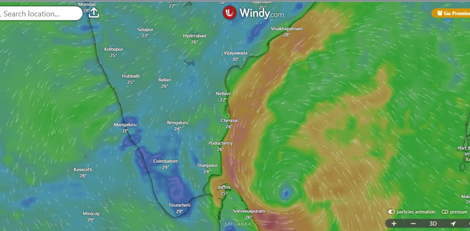Alarming number of diabetes cases worldwide, says WHO
Posted on: 08/Apr/2016 9:43:53 AM

The World Health Organisation (WHO) has said that the number of adults who live with diabetes has nearly quadrupled over 35 years.
In a report on diabetes, the WHO said, Globally, an estimated 422 million adults were living with diabetes in 2014, compared to 108 million in 1980. (We issue a) warning that the condition had spread because of worldwide changes in the way people eat, move and live. The disease directly caused 1.5 million deaths in 2012 - the latest available global figures - but elevated blood glucose levels linked to diabetes were responsible for an additional 2.2 million deaths that year.
WHOs Western Pacific region is the worst affected. It had 131 million diabetics in 2014. This region includes China and Japan. The Southeast Asia region, which includes India and Indonesia came in next with 96 million cases. Europe came in third with 64 million, followed by the Americas with 62 million.
Type 1 diabetes is not curable. It occurs when the pancreas does not produce enough insulin. Type 2 diabetes is associated with obesity and other lifestyle factors and emerges in adults and increasingly among children.
The WHO has said, To curb the intensifying burden of the disease, huge efforts were needed to change eating and physical activity habits, especially early in life, when key behavioural patterns are formed.
The Indian Society of Clinical Research has said, There is an urgent need to focus on prevention, early detection and treatment of diabetes to effectively combat the chronic disease.







